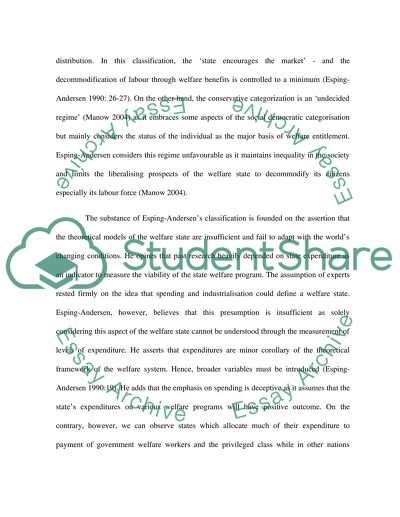Cite this document
(“Welfare States And Their Classification Book Report/Review”, n.d.)
Welfare States And Their Classification Book Report/Review. Retrieved from https://studentshare.org/politics/1510010-welfare-states
Welfare States And Their Classification Book Report/Review. Retrieved from https://studentshare.org/politics/1510010-welfare-states
(Welfare States And Their Classification Book Report/Review)
Welfare States And Their Classification Book Report/Review. https://studentshare.org/politics/1510010-welfare-states.
Welfare States And Their Classification Book Report/Review. https://studentshare.org/politics/1510010-welfare-states.
“Welfare States And Their Classification Book Report/Review”, n.d. https://studentshare.org/politics/1510010-welfare-states.


